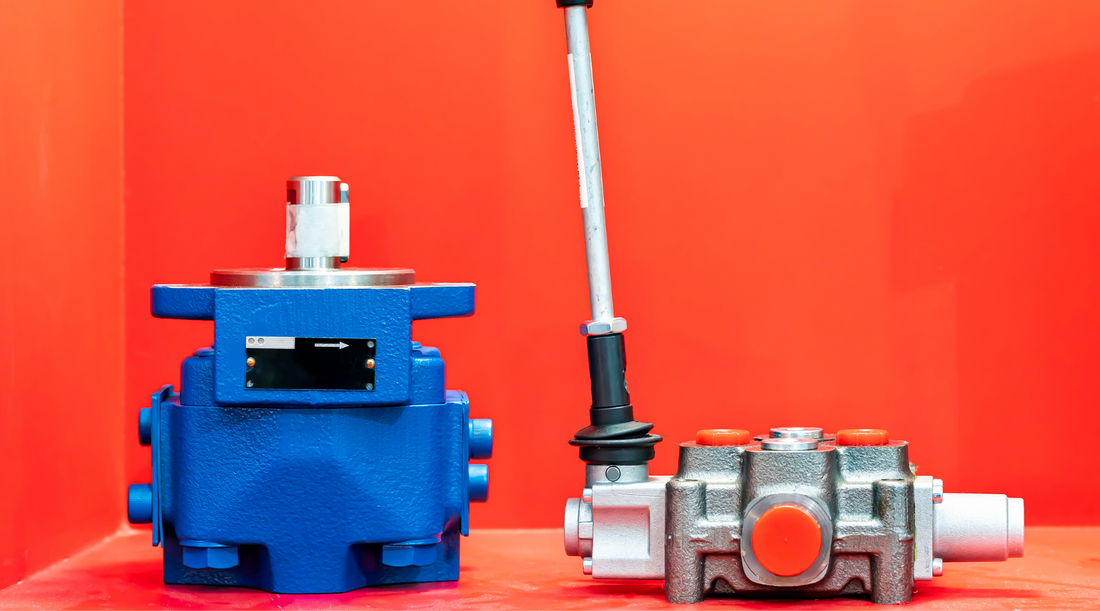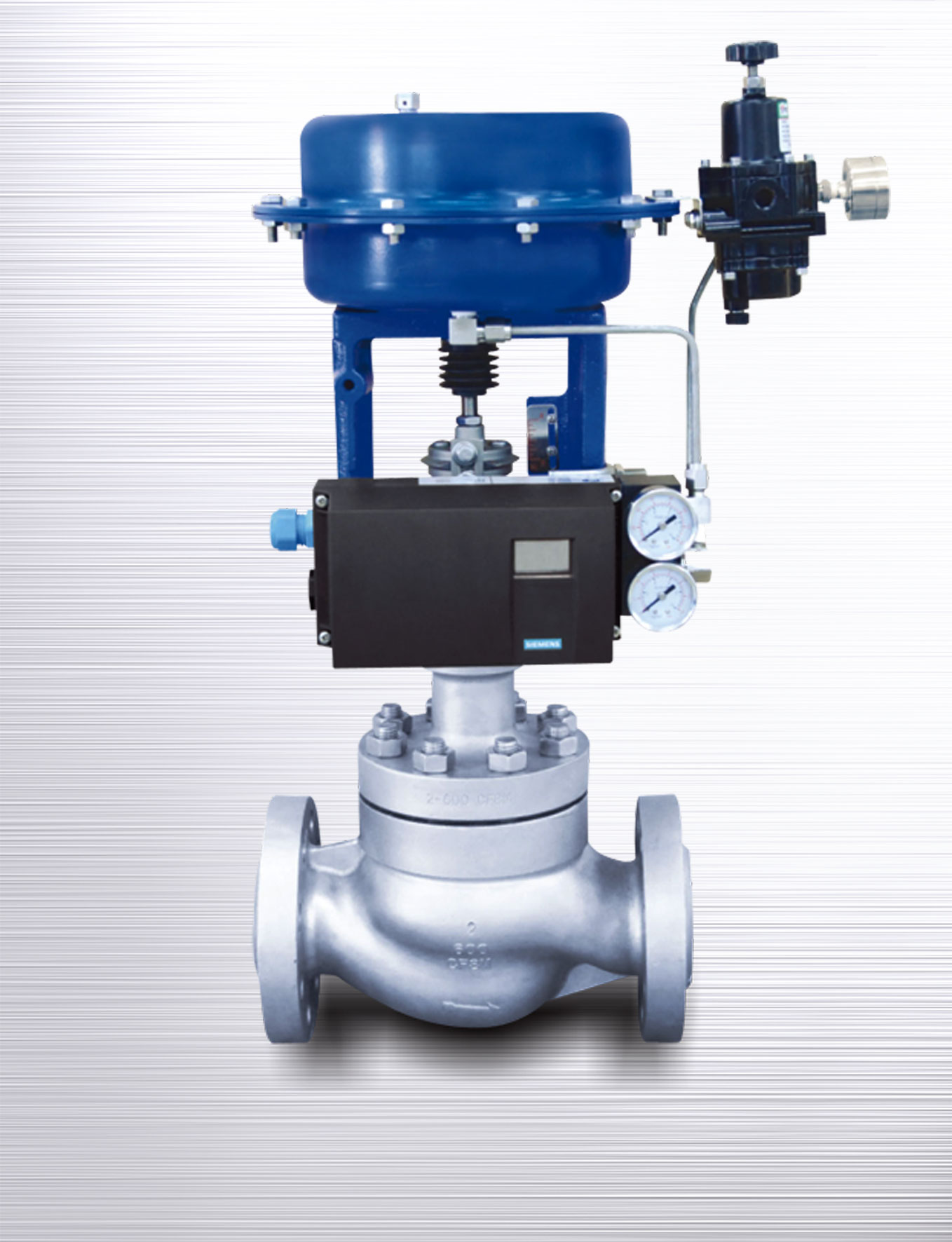Enhancing Operational Effectiveness with Advanced Control Valves
Enhancing Operational Effectiveness with Advanced Control Valves
Blog Article
Achieve Seamless Assimilation and Control With Top Quality Building Automation Controls
In the world of contemporary structure administration, the value of high quality structure automation controls can not be overemphasized. As technology remains to development, the assimilation and control of numerous systems within a structure have progressed to be more innovative and reliable. The smooth operation and surveillance of lighting, HEATING AND COOLING, security, and various other structure features have become vital for improving passenger convenience, energy effectiveness, and overall functional effectiveness. The trip in the direction of attaining real assimilation and control is a multifaceted one, with factors to consider varying from system compatibility to cybersecurity. Welcoming top quality structure automation controls is not simply an issue of benefit however a strategic vital for organizations intending to maximize their centers' efficiency and sustainability.

Development of Structure Automation Controls
Throughout the previous few years, the advancement of building automation controls has actually dramatically transformed the way structures are managed and operated. Building automation systems primarily focused on standard features such as managing ventilation, heating, and air conditioning (HEATING AND COOLING) systems. However, as technology advanced, these controls have actually come to be a lot more sophisticated, enabling a larger array of structure systems to be integrated and managed centrally.
The development of building automation controls has seen a change towards even more smart systems that can adapt to transforming conditions in real-time. This adaptability is crucial for optimizing energy performance and making certain resident convenience. Furthermore, contemporary building automation controls now supply attributes such as anticipating maintenance, remote tracking, and information analytics, allowing center supervisors to make data-driven decisions to improve structure performance.

Advantages of Quality Assimilation
The improvement in structure automation manages in the direction of more intelligent systems has actually underscored the considerable benefits of high quality assimilation in maximizing structure operations and enhancing total efficiency. Quality assimilation of building automation controls offers a number of key benefits. It leads to improved power effectiveness by permitting different systems to work together seamlessly, making sure optimum efficiency and decreasing power wastage. Quality integration boosts occupant convenience and performance by allowing individualized control over ecological setups like temperature level, lights, and air quality. This modification can result in an extra conducive and comfy working or living setting. In addition, top quality integration simplifies maintenance and fixing procedures, as all systems are adjoined and can be checked and regulated from a centralized user interface. This centralized control likewise offers far better presence and insights into structure efficiency, making it possible for aggressive upkeep and optimization strategies. Generally, the advantages of quality combination in building automation controls are obvious, providing raised effectiveness, comfort, and functional performance.
Boosted Individual Experience and Ease Of Access
Enhancing user interaction with structure automation controls through user-friendly layout and boosted ease of access raises the general experience for occupants and center supervisors alike. By concentrating on customer experience, developing automation systems can become more effective and user-friendly. Instinctive user interfaces, clear navigation, and customizable setups encourage users to engage with the controls easily and effectively.
Accessibility features play a vital role in making certain that all individuals, including those with handicaps, can make use of the structure automation manages with convenience. Including functions such as voice commands, responsive switches, and color-contrasted displays can improve ease of access and make the controls more inclusive.
In addition, improved individual experience leads to higher customer complete satisfaction, raised efficiency, and far better decision-making. Owners can readjust ecological setups according to their choices, while center supervisors can effectively take care of and monitor structure systems - control valves. Generally, prioritizing customer experience and ease of access in structure automation regulates adds to a much more seamless and efficient structure environment for all stakeholders entailed
Sustainable Practices Via Automation

Moreover, automation can assist in the combination of sustainable power resources such as solar panels or wind turbines right into structure operations. With automation, structures can align with modern-day sustainability goals and contribute to a greener future.
Future Trends in Building Control Solution
One prominent trend forming the future of building control systems is the boosted assimilation of Artificial Intelligence (AI) and device discovering. Furthermore, the Internet of Points (IoT) is revolutionizing structure control systems by attaching sensing units and tools to improve operations and improve performance.
Another vital pattern is the focus on cybersecurity measures to secure against possible dangers to building automation systems. As structures become extra interconnected, ensuring durable cybersecurity procedures will certainly be vital to protect sensitive information and prevent unauthorized access.
Furthermore, the shift in the direction of cloud-based platforms is gaining energy, allowing for systematized control and remote access to structure systems. This assists in easier surveillance, maintenance, and updates, enhancing the overall efficiency and versatility of structure control more systems. As technology remains to advancement, these patterns are anticipated to shape the future landscape of structure automation controls, driving innovation and sustainability in the built atmosphere.
Conclusion
Future patterns in building control systems are likely to focus on further boosting automation capacities for enhanced power efficiency and general performance. It is crucial for building proprietors and drivers to focus on the fostering of quality building automation review manages to optimize structure procedures and attain long-lasting sustainability objectives.
In the realm of modern building administration, the relevance of top quality building automation controls can not be overemphasized. In general, the advancement of structure automation manages proceeds to drive development in the structure management industry, supplying brand-new opportunities for developing smarter and much more sustainable buildings.
The development in building automation manages towards even more smart systems has actually highlighted the considerable benefits of quality assimilation in enhancing find out here building procedures and boosting general effectiveness. In general, focusing on customer experience and accessibility in structure automation controls adds to a much more productive and seamless structure atmosphere for all stakeholders included.
It is important for structure owners and drivers to prioritize the fostering of quality structure automation controls to maximize building operations and achieve long-term sustainability goals. - control valves
Report this page